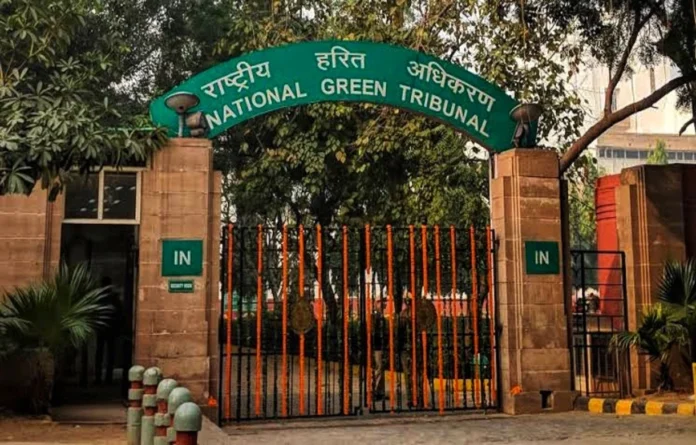The National Green Tribunal has taken suo motu cognizance of the reduction of glacier sizes, leading to an increase in moraine-dammed lakes in Himachal Pradesh and Trans Himalayan Region of Tibet, posing a potential threat to human life and infrastructure further downstream.
The petition is registered suo-motu on the basis of the news item dated 11.08.2024.
As per the article, a recent study by HIMCOSTE revealed that the number of glacial lakes in the Satluj River catchment area nearly doubled from 562 in 2019 to 1,048 in 2023. The study covered the Satluj basin from upstream of Jhakri to Mansarover Lake in Tibet, where the river originates.
The article highlights that of the 1,048 lakes mapped in 2023, 900 are small, each spanning an area of less than five hectares, while 89 lakes have an area between 5 hectares and ten hectares, and 59 lakes are bigger than 10 hectares each.
It alleged that over the years, the number of glacial lakes has been gradually increasing. The rise indicates that the climate warming effects are more significant in the higher Himalayan region. The swift melting of glaciers and less snowfall during the winter could also be the reasons behind the rise in lakes. Furthermore, it could be inferred from the basin-wise analysis that the number of lakes is much higher in the Tibetan Himalayan Region or the Upper Satluj basin, in comparison to the Spiti and Lower Satluj basins, indicating that the Upper Satluj basin is more susceptible to glacial lake formations.
The article states that as per a study that analysed multi-spectral satellite images, the rise in glacial lakes in Himachal Pradesh’s river basins can be disastrous downstream if the lakes burst their bounds for any reason.
The article explains that climate change has influenced the health of glaciers in the entire Himalayan region. As a result, the cryospheric cover over the Himalayan terrain is reducing. One of the ramifications of this is the development of high-altitude glacial lakes. Moreover, the number of such lakes has increased over the years and these lakes have become unstable due to the increase in the volume of water or due to the calving effect of adjoining glaciers, creating avalanches either of snow or rocks. These lakes have the potential of bursting out, and depending on the volume of water, velocity and the outburst spread, it can pose a threat to habitations and infrastructure in the downstream region.
The above news item indicates violation of the provisions of The Environment (Protection) Act, 1986.
The news item raises substantial issues relating to compliance with the environmental norms and implementation of the provisions of scheduled enactment.
“Power of the Tribunal to take up the matter in suo-motu exercise of power has been recognized by the Hon’ble Supreme Court in the matter of “Municipal Corporation of Greater Mumbai vs. Ankita Sinha & Ors.” reported in 2021 SCC Online SC 897.”
Hence, the Principal Bench of Justice Prakash Shrivastava, Justice Arun Kumar Tyagi and Dr A. Senthil Vel impleaded the following as respondents in the matter:
(i) GB Pant Institute of Himalayan Environment, Through its Director.
(ii) Ministry of Environment, Forest and Climate Change, Through its Secretary.
(iii) Department of Environment, Science Technology and Climate Change (Himachal Pradesh), Through its Chief Secretary.
(iv) Himachal Pradesh Council For Science, Technology & Environment, Through its Chairperson.
The Bench issued notice to the Respondents and listed the matter on 03.01.2025.


